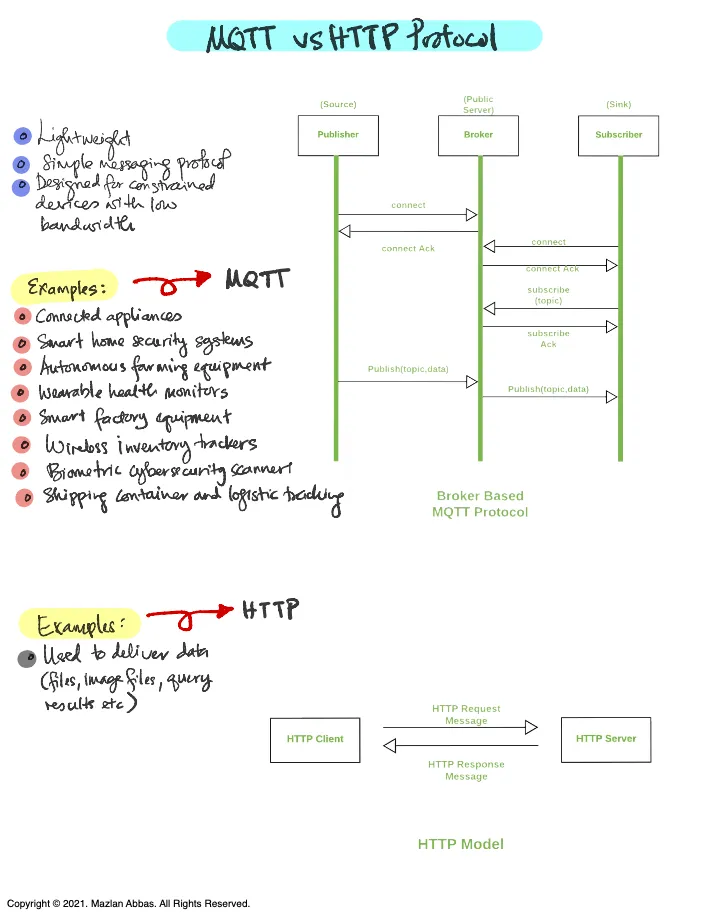
Who Owns Your IoT Data? A Critical Concern You Can’t Ignore
February 25th, 2025 Posted by favoriotadmin BLOG, Internet of Things, IOT PLATFORM 0 thoughts on “Who Owns Your IoT Data? A Critical Concern You Can’t Ignore”“Where is your data stored?”
It seems like a simple question, doesn’t it? But have you ever truly thought about the answer?
If you’re like many businesses, you jumped into IoT because of its promise—real-time sensor data, automated processes, and more intelligent decision-making. You saw the value in using an IoT platform to streamline operations, cut costs, and gain insights. Everything was working fine—until a realization started creeping in:
“Wait… who owns my data, and where is it being kept?”
At first, maybe you didn’t give it much thought. As long as the reports were coming in, alerts were firing, and the system was running smoothly, why worry? But as regulations became stricter and data privacy concerns gained attention, you couldn’t ignore it anymore.
Then came the shock—your business-critical IoT data was sitting on cloud servers outside your country. It was subject to laws you had no control over. And worse, you weren’t even sure who might have access to it.
That’s when it became clear: You need control over your data.
The Hidden Challenges of Cloud-Based IoT Platforms
Cloud-based IoT platforms are great. They’re easy to set up, require no hardware maintenance, and scale as your business grows. Many companies—including those using our original FAVORIOT cloud-based platform—love these benefits.
But for some industries, convenience isn’t enough. You need more than just an IoT platform that works—you need an IoT platform that you control.
Here’s why relying solely on a cloud-based IoT solution might not fit you best.
1. Data Sovereignty & Regulatory Compliance
Imagine you’re in the healthcare industry. You deal with highly sensitive patient data, and laws like HIPAA in the U.S. or PDPA in Malaysia dictate how and where that data must be stored.
Let’s say your IoT platform is hosted on an overseas cloud.
Suddenly, you realize you might be violating local regulations without knowing it. Financial institutions, government agencies, and energy companies face similar restrictions. Some are legally required to store their data within national borders.
If you fall under this category, a cloud-only IoT solution could put your business at risk.
2. The Risk of Unauthorized Access
You trust your cloud provider. They have top-notch security, right?
But even the most secure cloud platforms are still vulnerable to cyber threats, surveillance, and unauthorized access. Some governments have the legal power to demand access to data stored within their borders—even if that data belongs to a foreign company.
For some businesses, that’s an unacceptable risk.
“We need to control our security,” a CIO once told me. “No matter how good the cloud security is, nothing beats having the data in our own hands.”
If you want to control who can access your data, a cloud-based IoT platform might not be enough.
3. Performance and Latency Issues
Does your business rely on real-time data processing?
Every millisecond counts if you’re in smart manufacturing, factory automation, or real-time industrial monitoring.
But cloud-based IoT platforms introduce latency. Your data has to travel to the cloud and back before an action can be taken. Even a slight delay could mean the difference between preventing machine failure and costly downtime.
With an on-premise IoT solution, you eliminate that delay. Your data stays within your infrastructure, making response times instantaneous.
4. Integration with Your Existing IT Systems
Your business isn’t starting from scratch. You already have legacy systems, proprietary software, and IT workflows.
A cloud-based IoT platform might not integrate seamlessly with your existing setup. You’d have to restructure your entire IT system, which could be costly, time-consuming, and disruptive.
You need an IoT solution that fits into your world, not forces you to rebuild everything from the ground up.
Introducing the Enterprise FAVORIOT Platform: Your Data, Your Control
We listened to businesses like yours, and we got the message loud and clear:
You need an IoT platform that gives you complete control.
That’s why we built the Enterprise FAVORIOT Platform.
Instead of relying on our cloud, you can install FAVORIOT on your servers. You’re in charge, whether it’s in your data centre, private cloud, or on-premise infrastructure.
This isn’t just another IoT platform. It is designed for businesses that need total control over their data.
The Key Benefits of the Enterprise FAVORIOT Platform
✔ Your Data Stays Within Your Infrastructure
- No more worries about your data being stored on a foreign cloud. Everything remains within your own controlled environment.
✔ Compliance with National Regulations
- If you operate in a regulated industry, you can ensure compliance with data sovereignty laws.
✔ Full Control Over Security
- Set your security policies. Define who can access your data and how it’s protected.
✔ Seamless Integration with Your IT Systems
- There is no need to redesign your IT infrastructure—FAVORIOT fits into your existing environment.
✔ Faster Response Times & Lower Latency
- Get real-time insights and automation without waiting for data to travel back and forth to the cloud.
Who Needs the Enterprise FAVORIOT Platform?
Not every business needs an on-premise IoT solution. But for some industries, it’s not optional—it’s essential.
We’ve seen the most significant demand from:
- Government Agencies – Running smart city projects and critical national infrastructure.
- Healthcare Providers – Managing sensitive patient data under strict privacy laws.
- Financial Institutions – Handling secure banking transactions.
- Energy & Utility Companies – Monitoring national infrastructure.
- Manufacturers – Implementing real-time industrial IoT and automation.
An on-premise IoT platform is the safest choice if your business deals with sensitive data.
Cloud vs. On-Premise: The Power of Choice
Does this mean we’re abandoning the cloud? Absolutely not.
We still believe in the power of cloud-based IoT, and many companies will continue using our original FAVORIOT cloud platform.
But here’s the difference: Now, you have a choice.
Some businesses are fine with cloud solutions, while others need an on-premise system. Some prefer a hybrid approach, in which sensitive data stays in-house while other operations run in the cloud.
With the Enterprise FAVORIOT Platform, you finally get that flexibility.
Final Thoughts: Take Control of Your IoT Data
If data security, compliance, and sovereignty matter to your business, you can’t afford to leave your IoT data to chance.
With the Enterprise FAVORIOT Platform, you don’t have to.
This is your data; now, you can decide where and how it’s managed.
Because at the end of the day, IoT should work for you—not the other way around.



